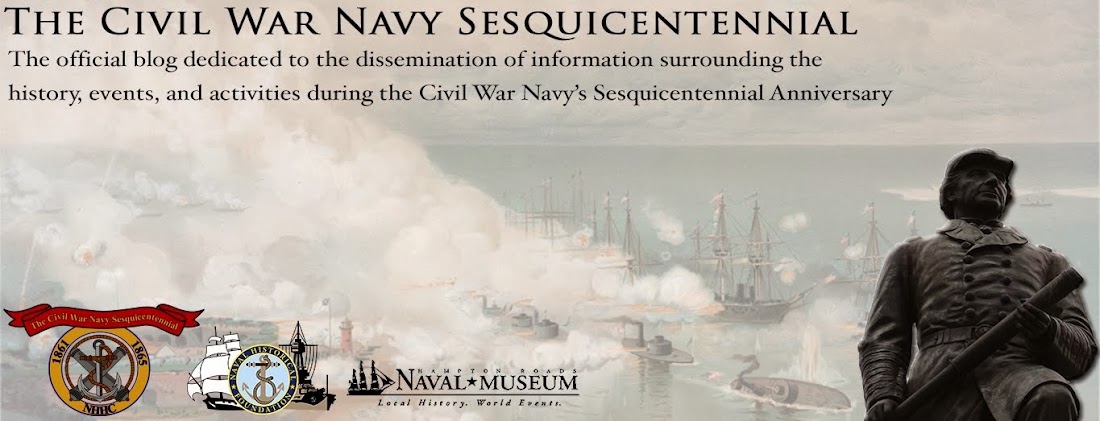Throughout the war, both the Union and Confederate armies conducted raids deep into enemy territory in the hopes that they would draw units away from the front lines. Confederate Brigadier General John Hunt Morgan conducted one of these raids began in late June 1863. Morgan's superiors gave Morgan freedom to go anywhere he wanted in Kentucky. He was, however, not permitted to cross the Ohio River.
Morgan ignored the order and invaded Indiana and Ohio. Even with the Vicksburg and Gettysburg campaign underway, the 1,000 mile raid was a national sensation followed closely by newspapers North and South.  |
| Brig. General John Morgan-A Kentucky-native, he ignored his original orders and began one of the most sensational raids of the war in late June 1863. |
Fitch's squadron consisted of several "tinclad" steamers. Originally prewar wooden paddle steamers, the Navy converted these vessels into warships by placing 1/2-inch of iron plating along the broadsides and weapons on board. Before the war was over, the Navy commissioned sixty-three tinclads. In a move that would be common by the early 20th century, the Navy gave each tinclad a name and unique hull number.
Unsure exactly where Morgan might try to cross, Fitch spread his squadron out over several hundred miles on the Ohio between Louisville and the West Virginia border.
He placed USS Springfield and Victory at Louisville and Silver Lake and Fairplay further upstream towards Cannenlton, Indiana. Five other vessels, Reindeer, Naumkeag, Magnoila, Allegheny Belle, and Moose [Fitch's flagship], moved upstream towards West Virginia. Fitch's intelligence believed Morgan's main force was proceeding east. Fitch's problem was that there were at least six to eight fords that Morgan could cross the Ohio. Thus he had to keep one gunboat near each possible crossing.
 |
| One of Fitch's gunboats-Tinclad Number 35, USS Reindeer |
July 19 brought more serious action. Fitch and Moose found Morgan's forces trying to cross the Ohio at Sandy Creek Shoals. Amidst a heavy fog, Fitch ordered Moose to flank speed. Concerned that Morgan would try to place his two 20-pounder Parrot Rifles in a position to fire at his ship, Fitch had Moose's forward guns open fire as soon as the fog allowed. Morgan's raiders retreated up the banks, with Moose's broadside guns firing at them. As they retreated, the two Parrot Rifles were left behind. The next morning, Allegheny Belle joined Moose.
A bit farther upstream at Buffington Island, Morgan's raiders made a second attempt to cross the Ohio. Under pressure from Union cavalry forces and militiamen, the raiders were becoming somewhat desperate to escape. But Moose and Allegheny Belle intercepted them and opened fire with shrapnel shells.
Seeing that Union ground and river forces had them trapped, 750 of Morgan's men surrendered. Never able to find a secure way across the Ohio, Union ground forces captured Morgan himself along with 300 of his men a week later.  |
| Two of more Fitch's "tinclads"- USS Silver Lake ( Tinclad Number 23)(above) and USS Fairplay (Tinclad Number 17) (below). |
The raid was the longest distance of its kind during the war. There are several historic sites and markers along the Ohio River open to the public. The Ohio Civil War Trails Commission is currently working on a 557-mile trail route. The tinclads for the remainder of the war continued to be active along the Mississippi and Ohio River systems as Confederate partisan groups continued to be active.




US Navy river operations continued in Vietnam by TF 116 (River Patrol Force) www.tf116.org The 31 foot boats operated on the rivers and canals in the Mekong Delta.
ReplyDelete